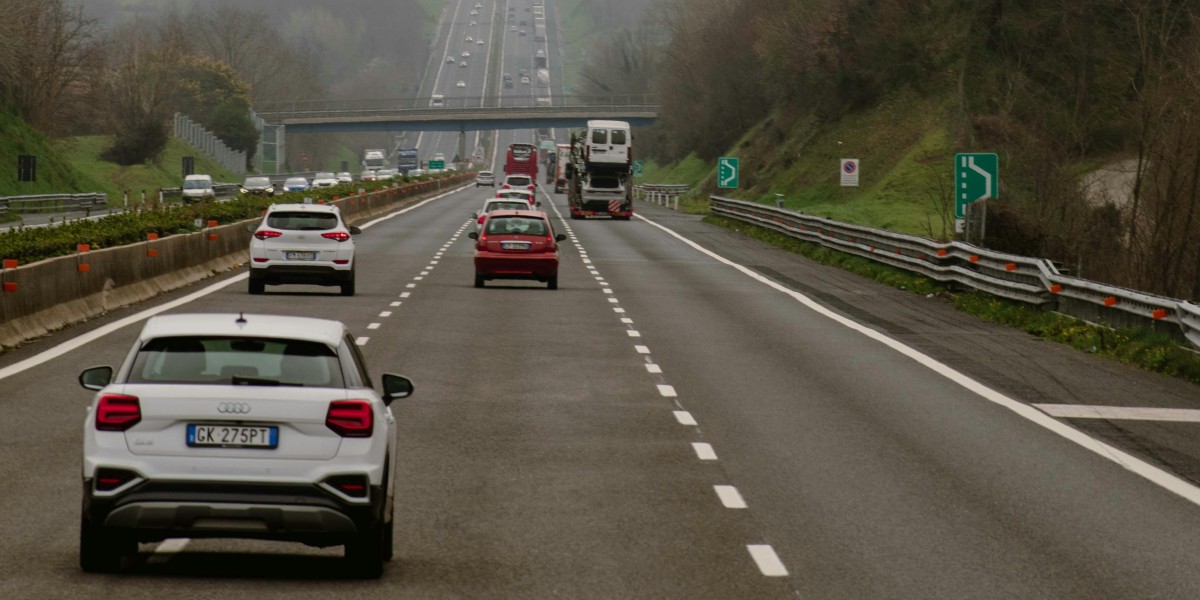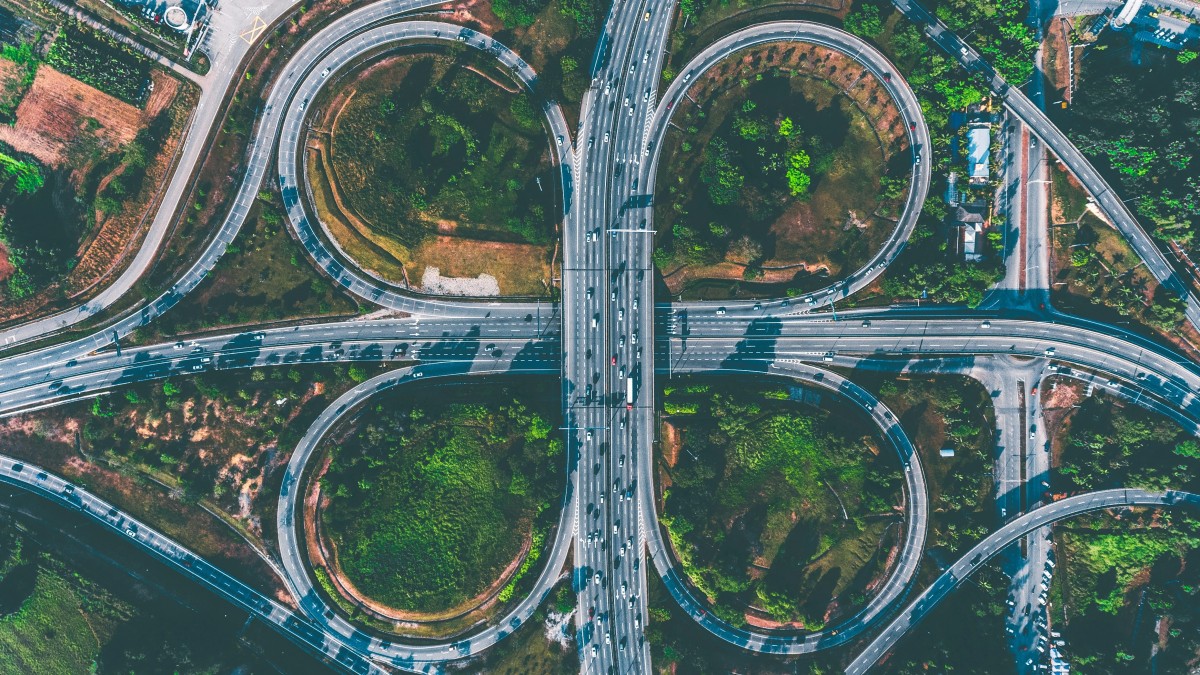
If you're driving in Italy this summer, you might have heard rumours about an increase in motorway tolls from August 2025. The good news? Those proposed price hikes have been withdrawn – but there are still some important updates you should be aware of, especially if you're planning road trips or regularly use Italy’s toll roads (autostrade).
Here’s a clear summary of what’s changing, what’s not, and what it means for you as a foreign driver in Italy.
- No new increases in August – but tolls did rise earlier in 2025
- What’s changing with toll regulations?
- A more dynamic toll system on the horizon
- How tolls are calculated in Italy
- Say goodbye to toll booths: “free flow” arrives in Italy
- Long-term toll trends: a decade of increases
- What does this mean for foreign drivers?
No new increases in August – but tolls did rise earlier in 2025
The good news is that the much-discussed toll increase planned for 1 August 2025 was cancelled shortly after it was proposed. The measure, which had political backing from several parties, would have added one euro per 1,000 kilometres driven for all vehicle categories. However, following pressure from Italy’s infrastructure minister, the amendment was quickly withdrawn and never implemented.
That said, motorway tariffs did increase slightly at the beginning of 2025. For example, routes managed by Autostrade per l’Italia saw a rise of 1.8%, while the Salerno–Pompei–Napoli stretch increased by 1.677%. These were part of adjustments agreed upon in advance, and other motorway operators are now unable to raise tolls unless they receive approval for a new financial plan from the authorities.

What’s changing with toll regulations?
The real shift in 2025 is not in prices, but in the regulatory framework. The Italian government recently passed the 2025 Infrastructure Decree, now known as Law 105/2025. This new law introduces a complete overhaul of how motorway tolls are set and managed, aiming for a system that is clearer, more consistent, and responsive to traffic and environmental needs.
From July 2025, a general discount applied to tolls on the Autostrade per l’Italia network officially ended, leading to a modest increase of 1.31%. More significantly, a transitional phase has now begun, during which Italy’s Transport Regulation Authority (ART) will work to implement a new tariff system. This transition will continue through to the end of 2026.
A more dynamic toll system on the horizon
Among the most talked-about changes is the plan to move towards variable pricing based on several factors. Under the new model being developed, toll prices could depend on the time of day, the level of traffic, and even the environmental class of your vehicle. For example, driving during peak hours or in high-traffic conditions could cost more, while travelling in quieter periods or using a lower-emission vehicle may help you save.
These changes aim to reduce congestion, encourage more sustainable driving habits, and provide better value for drivers who can travel outside the busiest times.
How tolls are calculated in Italy
Understanding how motorway tolls are currently calculated can help put these changes into context. Prices are based on a formula that considers the distance you travel, your vehicle category, and the specific section of motorway you're using — since each motorway operator sets its own rates. With the new decree in place, ART will have greater oversight, with the goal of making this system more uniform and transparent across the country.

Say goodbye to toll booths: “free flow” arrives in Italy
One of the most significant developments for motorists in Italy is the gradual introduction of the “Free Flow” system, which removes traditional toll booths in favour of digital tolling. Instead of stopping at barriers, drivers pass under gantries equipped with cameras and sensors that recognise vehicles and automatically calculate toll charges.
If you’re driving on a Free Flow stretch of road, you’ll need to pay the toll online within 15 days to avoid a fine. This system has already been rolled out on certain sections of motorway and is expanding — including onto the A58 ring road around Milan, which is seen as ideal for testing this technology due to its characteristics.
Long-term toll trends: a decade of increases
While the absence of a new increase in August 2025 is welcome news, it’s important to be aware of the broader picture. Over the last ten years, Italian motorway tolls have risen by an average of 27%, with some stretches like the A1 (Milan–Naples) and A4 (Milan–Venice) seeing increases of up to 40%. Even during periods of low inflation, driving on Italy’s toll roads has become significantly more expensive over time.
What does this mean for foreign drivers?
Whether you’re an expat living in Italy, a seasonal resident, or a tourist on a road trip, these changes may affect how you plan your journey. There are no sudden price hikes to worry about this August, but tolls remain relatively high and could become more dynamic over the next year. You should also familiarise yourself with the Free Flow system, especially if you’re used to paying at booths.
If you plan to drive in Italy in 2025 or 2026, check your route in advance, keep track of toll changes, and pay promptly if you pass through Free Flow zones. And if you regularly use toll roads, consider getting an electronic toll payment device such as Telepass, which is widely accepted and can make journeys smoother.
